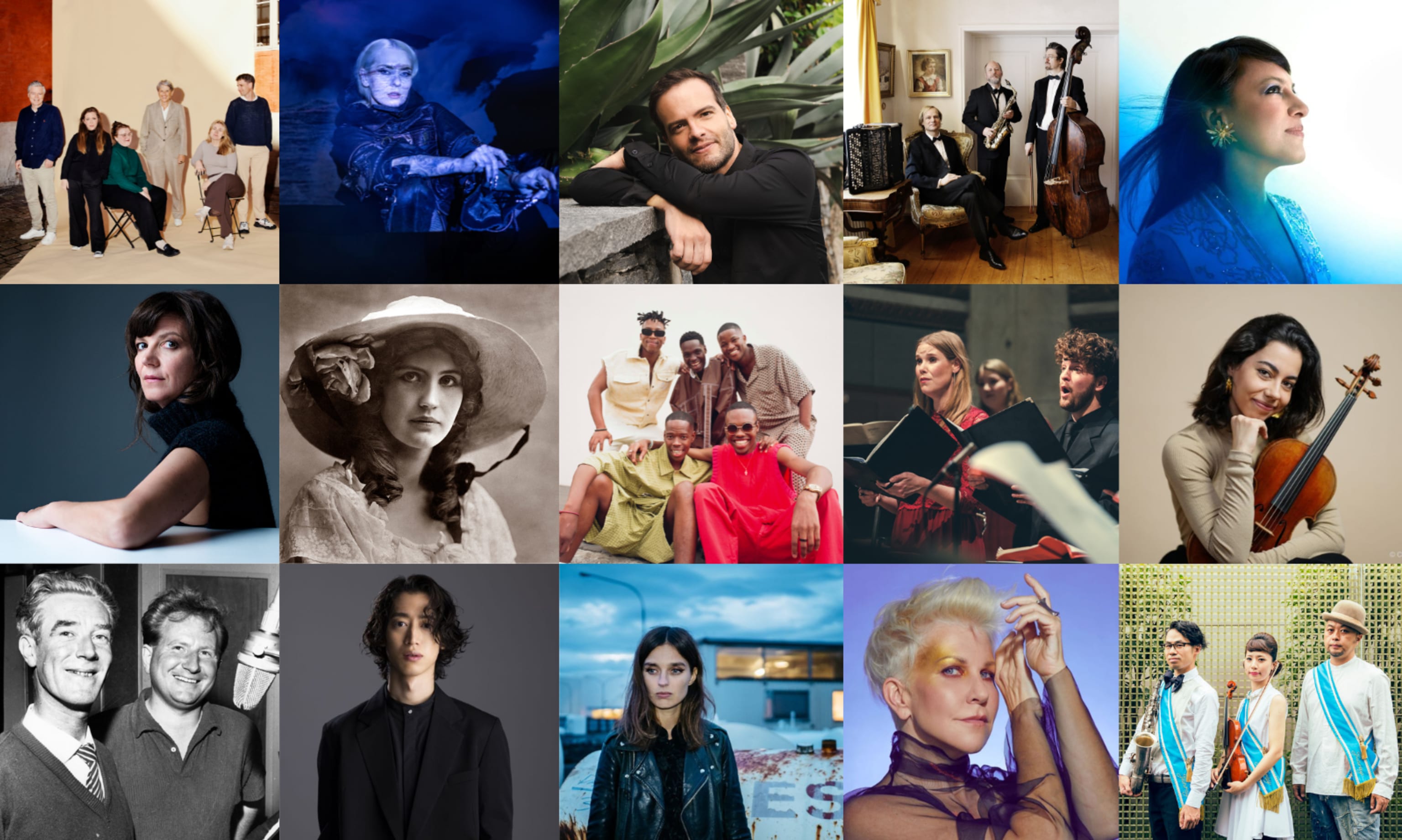
‘Die Grenze’
- Home
- Festival
- 2020-and-before
- Articles
- ‘Die Grenze’
May 21, 2012
The art project ‘die Grenze’ was developed especially for Bergen International Festival’s 60th anniversary by the Berlin-based Norwegian artist Lars Ramberg.
‘I have taken Bergen’s internal divisions and debates about culture and politics and placed them in a larger context. Bergen is a former Hanseatic city, and its relationship to Germany is also evident in its culture, language and architecture,’ says Ramberg, who specialises in site-specific art.
In connection with the ‘Die Grenze’ project, he went to Bergen to submerge himself in various ongoing cultural debates and explore its urban spaces.‘Die grenze verläuft nicht zwischen den Völkern, sonder zwischen oben und unten.’(The border does not run between nations, but between the upper and lower classes.)After the fall of the Berlin wall, buildings close to the wall and on the former Eastern side were quickly occupied by homeless people. The social division between people from Eastern Berlin and Western Berlin was still great. The problem was no longer the physical border between them, but differences in social and political opportunities and limitations. In the 1990s, graffiti about the class society was painted on the façade of an occupied house called ‘Köpi’ in Köpernickerstrasse. The same words will be displayed on the wall of Bergen City Hall.‘Die Grenze verläuft nicht zwischen oben und unten, sonder zwischen dir und mir.’ (The border does not run between the upper and lower classes, but between you and me.)Ten years after the first graffiti was painted in Berlin, a new slogan appeared on the other side of the former Berlin wall. It was clearly a response to the first slogan, both physically and literally. This graffiti is the result of a prolonged process and of the fact that the debate has evolved. It represents a psychological barrier. The graffiti will be displayed on the Grieg Hall during Bergen International Festival. Ramberg is famous for challenging people’s prejudices, national sentiments and the relationship between art, politics and capital. He became Norway’s perhaps most high-profile artist internationally, after his artwork ‘ZWEIFEL’ (‘DOUBT’) was placed on one of Berlin’s most famous buildings, the Palace of the Republic, which served as both parliament and People’s House in DDR, but which was left empty for 17 years following reunification. Before and after its realisation, Ramberg’s work was debated in Deutsche Bundestag, the German parliament, and it received wide coverage in the biggest German newspapers and news magazines such as ‘Der Spiegel’. In connection with the anniversary of Norway’s independence in 2005, he brought three self-cleaning public toilets from Paris and painted them red, white and blue, to decorate Eidsvoll Manor, the building where Norway’s 1814 constitution was adopted. Liberté was Ramberg’s take on a Statue of Liberty, thereby placing Norway’s freedom as a nation in a French context. The work of art was also shown as Norway’s contribution at the Venice Biennale in 2007.









